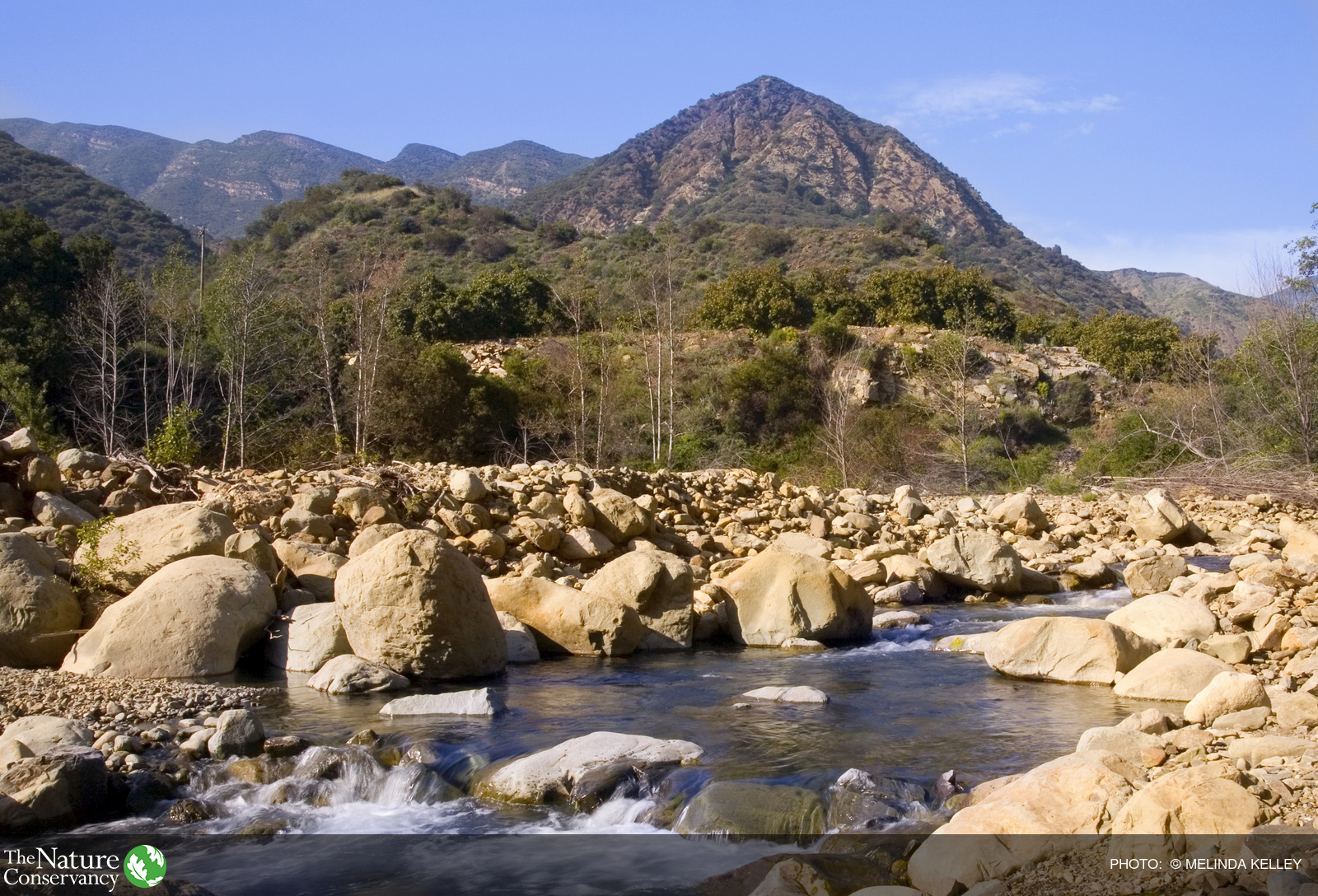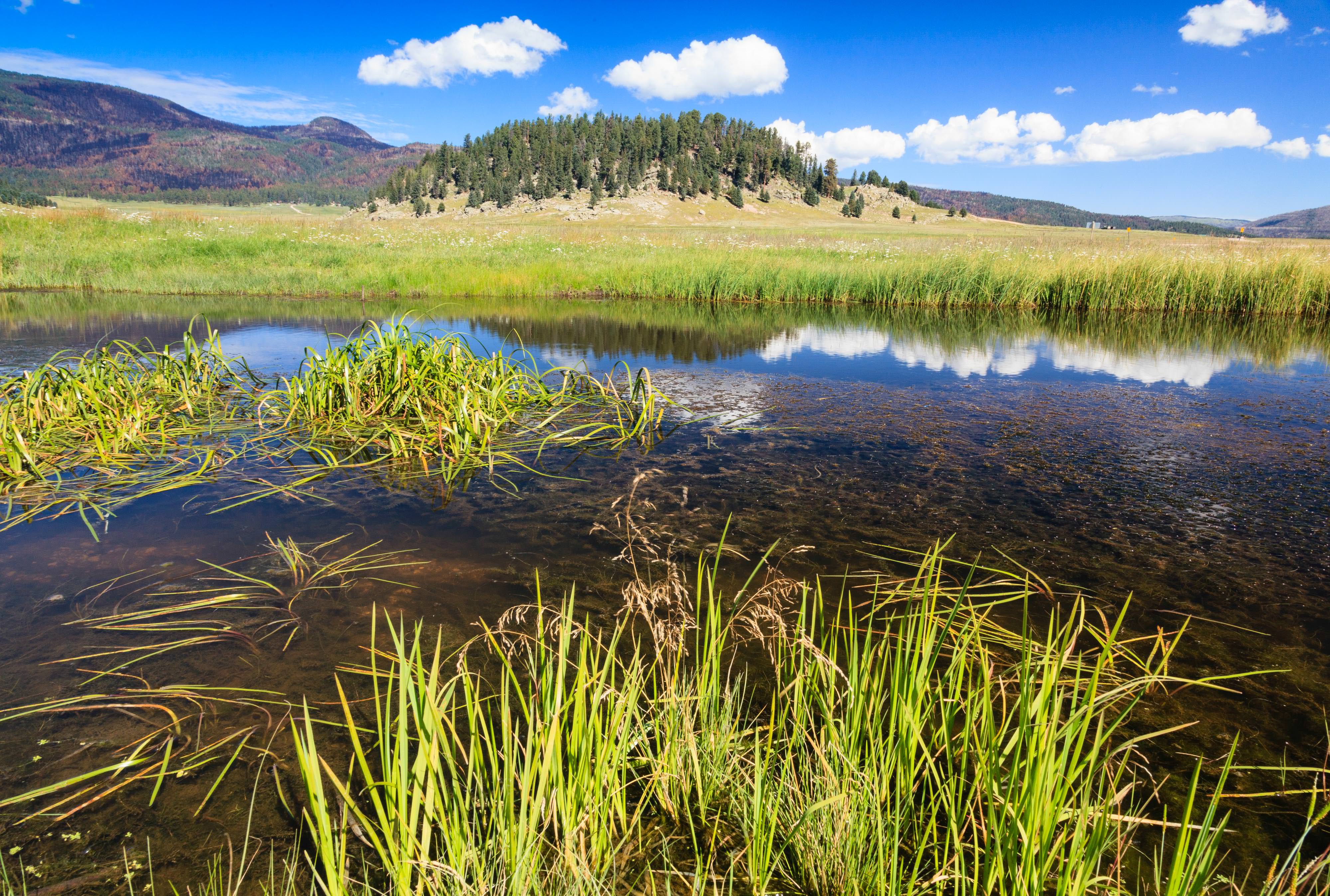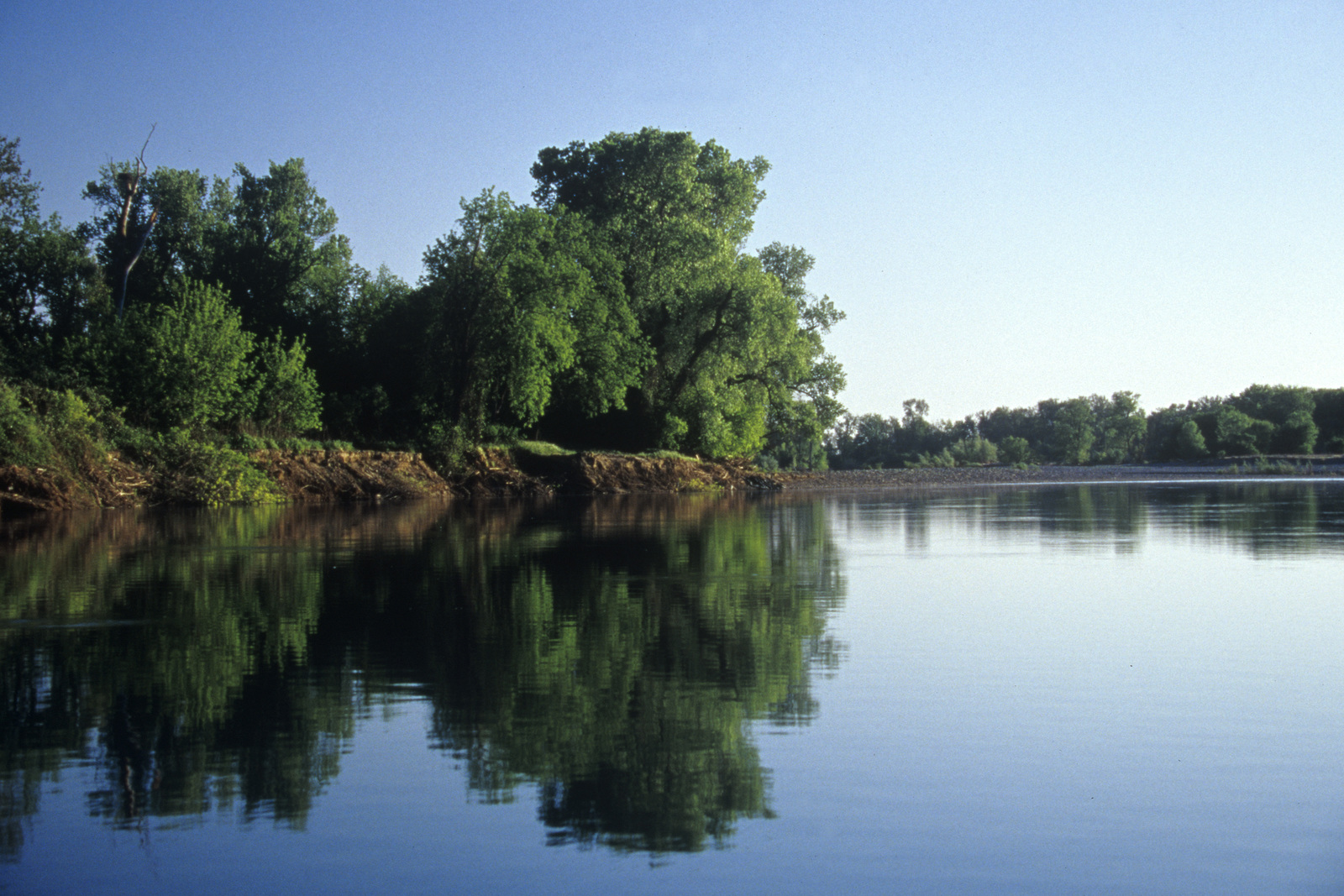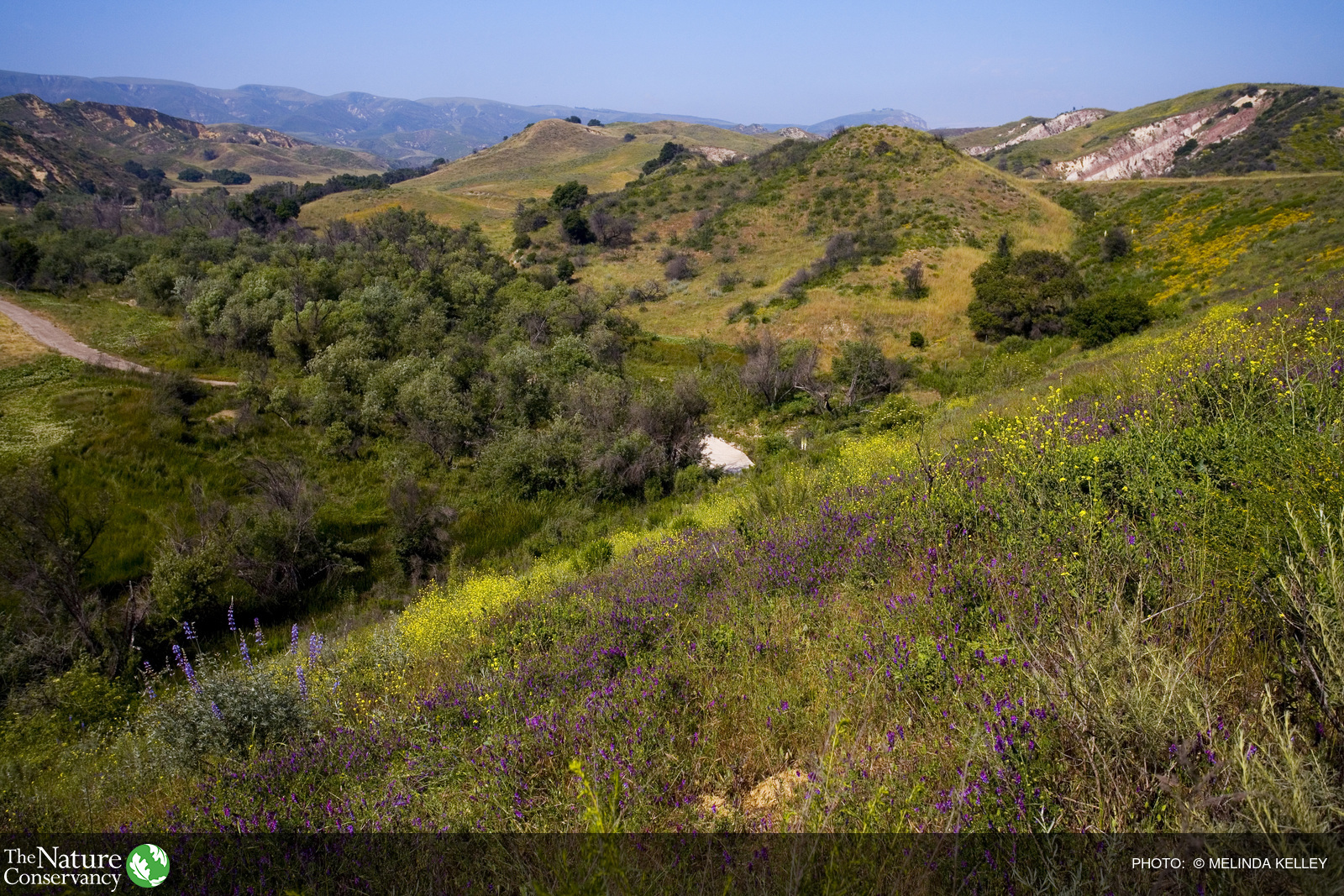There is much truth behind the saying “out of sight, out of mind.” When most people think of freshwater, they envision rivers, wetlands, lakes or reservoirs. But 30 times more freshwater on Earth is stored underground and out of sight. In fact, only some 1% of available freshwater can be seen on the surface, as two thirds of the Earth’s freshwater is frozen in glaciers and ice caps, and nearly one third is groundwater.
Groundwater resources supply nearly half the world’s drinking water—and support the farms that feed us. But that’s not all: Groundwater cools the data centers that keep the Internet running, and drive industries including energy, mining and manufacturing.
The Nature Conservancy is partnering with tribes, local water agencies, state agencies, consultants, academics, and other NGOs to develop the science on nature’s ties to groundwater and showcase multi-benefit management strategies for nature and people.
The purpose of the Groundwater Resource Hub is to help us achieve sustainable groundwater management by providing the science and tools needed to help address nature’s water needs. Over time, our goal is to improve the understanding of nature’s groundwater needs to reduce uncertainties and therefore enhance sustainable groundwater management. Your comments and ideas are welcome.
What is Groundwater?
Groundwater is water held underground in the soil or in pores and crevices in rock. An aquifer is a body of porous rock or sediment saturated with groundwater. Groundwater doesn’t stay underground; it is dynamic and connected to springs, rivers, streams, and wetlands.

Threats to Groundwater
While contamination and pollution impact groundwater, its major stressor is withdrawals from pumped wells, as it’s not easily—if ever—replenished when water from rain, snowmelt, rivers, lakes and wetlands soaks into the ground.
Unlike the concern generated when major reservoirs reach dangerously low levels, many of our aquifers have been quietly overused for decades and aren’t being replenished at rates that can keep up with demand. Groundwater withdrawals in the U.S. have more than tripled over the last five decades, and similar trends are seen around the world. This overuse presents real threats to the people, crops, industries and habitats and wildlife that depend on groundwater.
It’s clear that the consequences of continued mismanagement of groundwater are profound. Population growth and more frequent and severe droughts due to climate change will continue to increase pressure on this critical, out-of-sight resource.

Solutions to Groundwater Sustainability
The interactions of groundwater with surface waters we see—like lakes, streams and springs—can be complex and difficult to understand and predict without well-developed science. The Nature Conservancy (TNC) is working with local communities and other local, state, federal and non-governmental organization partners to build the science to forecast future conditions and determine how water supplies—both above and below ground—can best be managed to meet the needs of nature and people.
The first step to managing and protecting Groundwater Dependent Ecosystems (or GDEs) is knowing where they are, but—in many places—on-the-ground data are lacking. To fill this critical data gap, TNC is preparing a first-of-its-kind global map that shows where Groundwater Dependent Ecosystems are likely to occur in arid regions around the world. This state-of-the-art effort, which uses advanced computing informed by satellite data, will help TNC determine future priorities for groundwater conservation efforts.
What is a Groundwater Dependent Ecosystem (GDE)?
A Groundwater Dependent Ecosystem (GDE) is a plant and animal community that requires groundwater to meet some or all water needs. GDEs are often defined in policy as “ecological communities or species that depend on groundwater emerging from aquifers or on groundwater occurring near the ground surface.”
Why are GDEs important?
GDEs provide valuable functions that benefit people, such as purifying water, reducing flood risk, supplying water and base flow in rivers, and providing recreational opportunities. GDEs represent many unique native habitats, supporting biodiversity and providing homes for rare and endangered species.
Types of GDEs
Our Groundwater Strategies
TNC’s Strategies to Sustain Groundwater and Dependent Ecosystems




